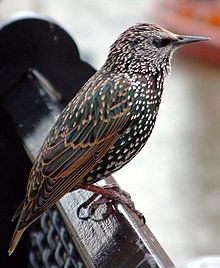
Wolfgang Amadeus Mozart was a prolific and influential composer of the Classical period. Despite his short life, his rapid pace of composition resulted in more than 800 works of virtually every genre of his time. Many of these compositions are acknowledged as pinnacles of the symphonic, concertante, chamber, operatic, and choral repertoire. Mozart is widely regarded as among the greatest composers in the history of Western music, with his music admired for its "melodic beauty, its formal elegance and its richness of harmony and texture".

Die Entführung aus dem Serail is a singspiel in three acts by Wolfgang Amadeus Mozart. The German libretto is by Gottlieb Stephanie, based on Christoph Friedrich Bretzner's Belmont und Constanze, oder Die Entführung aus dem Serail. The plot concerns the attempt of the hero Belmonte, assisted by his servant Pedrillo, to rescue his beloved Constanze from the seraglio of Pasha Selim. The work premiered on 16 July 1782 at the Vienna Burgtheater, with the composer conducting.

Johann Georg Leopold Mozart was a German composer, violinist, and theorist. He is best known today as the father and teacher of Wolfgang Amadeus Mozart, and for his violin textbook Versuch einer gründlichen Violinschule (1756).

Gottfried Freiherr van Swieten was a Dutch-born Austrian diplomat, librarian, and government official who served the Holy Roman Empire during the 18th century. He was an enthusiastic amateur musician and is best remembered today as the patron of several great composers of the Classical era, including Joseph Haydn, Wolfgang Amadeus Mozart, and Ludwig van Beethoven.
The composer Wolfgang Amadeus Mozart went by many different names in his lifetime. This resulted partly from the church traditions of the day, and partly from Mozart being multilingual and freely adapting his name to other languages.
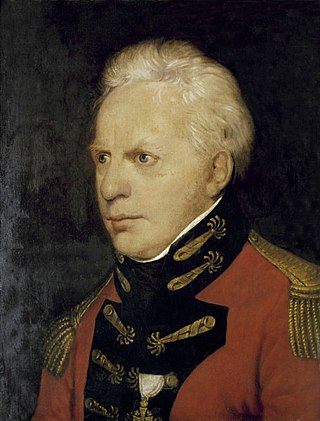
Georg Nikolaus von Nissen was a Danish diplomat and music historian. He is the author of one of the first biographies of composer Wolfgang Amadeus Mozart, still used today as a scholarly source.

Maria Anna Walburga Ignatia Mozart, called "Marianne" and nicknamed Nannerl, was a musician, the older sister of Wolfgang Amadeus Mozart (1756–1791) and daughter of Leopold (1719–1787) and Anna Maria Mozart (1720–1778).
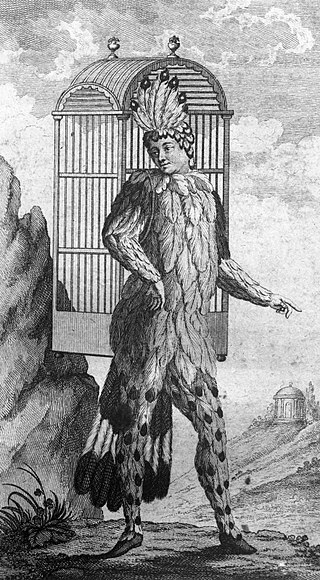
Emanuel Schikaneder was a German impresario, dramatist, actor, singer, and composer. He wrote the libretto of Wolfgang Amadeus Mozart's opera The Magic Flute and was the builder of the Theater an der Wien. Peter Branscombe called him "one of the most talented theatre men of his era". Aside from Mozart, he worked with Salieri, Haydn and Beethoven.

Maria Constanze Cäcilia Josepha Johanna Aloysia Mozart was a trained Austrian singer. She was married twice, first to Wolfgang Amadeus Mozart; then to Georg Nikolaus von Nissen. She and Mozart had six children: Karl Thomas Mozart, Franz Xaver Wolfgang Mozart, and four others who died in infancy. She became Mozart's biographer jointly with her second husband.
Joseph Leutgeb was an outstanding horn player of the classical era, a friend and musical inspiration for Wolfgang Amadeus Mozart and Joseph Haydn.

The composers Wolfgang Amadeus Mozart (1756–1791) and Joseph Haydn (1732–1809) were friends. Their relationship is not very well documented, but the evidence that they enjoyed each other's company is strong. Six string quartets by Mozart are dedicated to Haydn.

Benedikt Emanuel Schack was a composer and tenor of the Classical era, a close friend of Mozart and the first performer of the role of Tamino in Mozart's opera The Magic Flute.

On 5 December 1791, the composer Wolfgang Amadeus Mozart died at his home in Vienna, Austria at the age of 35. The circumstances of his death have attracted much research and speculation.

Adolf Heinrich Friedrich Schlichtegroll was a teacher, scholar and the first biographer of Wolfgang Amadeus Mozart. His brief account of Mozart's life was published in a volume of twelve obituaries Schlichtegroll prepared and called Nekrolog auf das Jahr 1791. The book appeared in 1793, two years after Mozart's death.
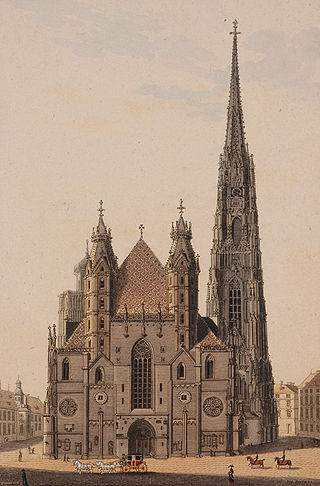
The composer Wolfgang Amadeus Mozart was a Catholic, and the church played an important role in his life.

Scholars have long studied how Wolfgang Amadeus Mozart created his works. Nineteenth-century views on this topic were often based on a romantic, mythologizing conception of the process of composition. More recent scholarship addresses this issue by systematically examining authenticated letters and documents, and has arrived at rather different conclusions.
Wolfgang Amadeus Mozart died after a short illness on 5 December 1791, aged 35. His reputation as a composer, already strong during his lifetime, rose rapidly in the years after his death, and he became one of the most celebrated of all composers.
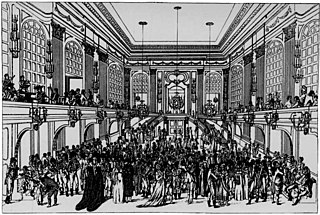
The composer Wolfgang Amadeus Mozart wrote a great deal of dance music, both for public use and as elements of larger works such as operas, quartets, and symphonies. According to the reminiscences of those who knew him, the composer himself enjoyed dancing very much; he was skillful and danced often.

The two main labels that have been used to describe the nationality of Wolfgang Amadeus Mozart are "Austrian" and "German". However, in Mozart's own life, those terms were used differently from the way they are used today, because the modern nation states of Austria and Germany did not yet exist. Any decision to label Mozart as "Austrian" or "German" involves political boundaries, history, language, culture, and Mozart's own views. Editors of modern encyclopedias and other reference sources differ in how they assign a nationality to Mozart in light of conflicting criteria.

The Appearance and character of Wolfgang Amadeus Mozart are the subject of multiple investigations at present. The fact that it has not been possible to exhume Mozart's remains — due to the exact location of the community grave in which he was buried is unknown — nor are masks or mortuary casts preserved, lends a degree of uncertainty to the composer's physical appearance. Although an alleged skull of Mozart exists, its authenticity, more than questionable, has not been verified to date. This skull has been subjected to various DNA tests, comparing it with those of his alleged niece and maternal grandmother, but not only did they find that the former's DNA did not match those of his two relatives, but also that theirs did not match each other either. Also, an alleged lock of his hair of dubious legitimacy has been preserved. However, there are reliable sources and references concerning both his appearance and clothing as well as his personality. This information is found in artworks, descriptions, and testimonies of the time, which allow us to get a more or less accurate idea of what Mozart was like physically and psychologically.
